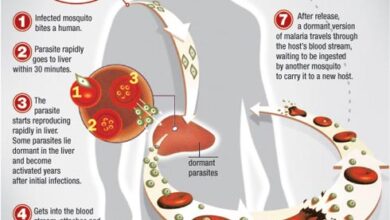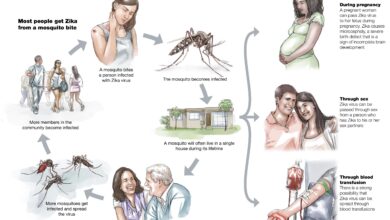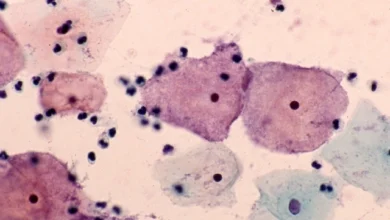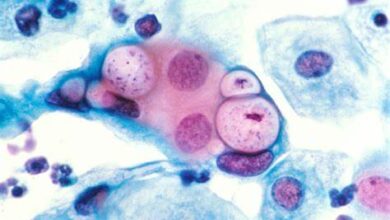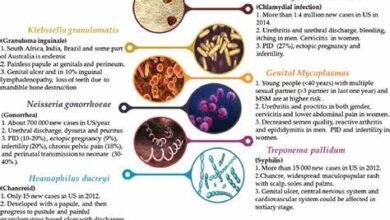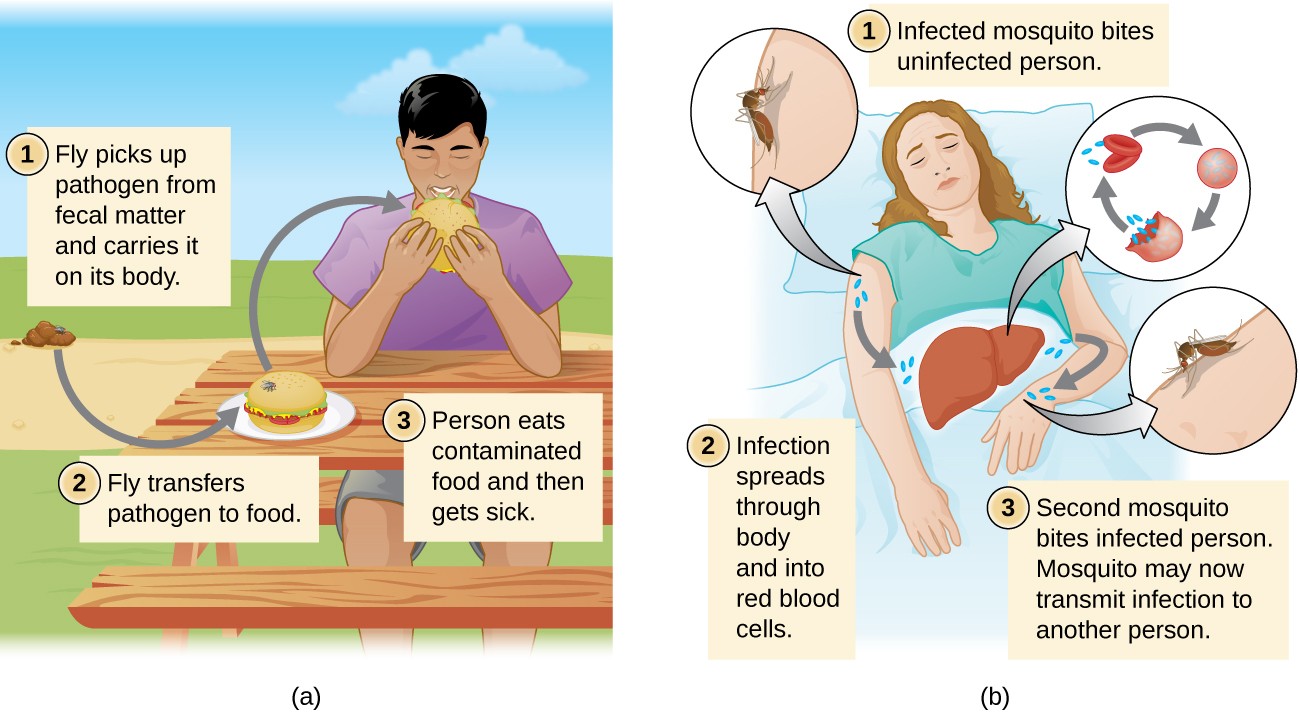
STIs Prevention is Key
STIs: Prevention is Key
Sexually transmitted infections (STIs) remain a significant public health concern, impacting individuals of all ages and backgrounds. While effective treatments exist for many STIs, the consequences of untreated infections can be severe, highlighting the crucial role of prevention in safeguarding our sexual health. This article delves into the world of STIs, emphasizing the importance of prevention through various strategies.
## Demystifying the Landscape: Common STIs and Their Impact
A diverse range of STIs exists, each with its own characteristics and potential complications:
- Bacterial STIs: Chlamydia, gonorrhea, and syphilis are common bacterial infections causing pelvic inflammatory disease, infertility, and increased HIV risk if left untreated.
- Viral STIs: Human papillomavirus (HPV) can lead to cervical cancer and genital warts, while herpes simplex virus (HSV) causes recurrent outbreaks and potential complications for newborns.
- Other STIs: HIV, the virus responsible for AIDS, and hepatitis B and C can have severe long-term health consequences.
## Beyond Numbers: Understanding the Human Cost
The impact of STIs extends far beyond statistics:
- Physical health: Complications from untreated STIs can lead to chronic pain, infertility, and even death.
- Mental health: Stigma, anxiety, and depression are often associated with STIs, affecting emotional well-being.
- Social impact: Relationships, employment opportunities, and overall quality of life can be negatively impacted by STIs.
## Breaking the Chain: The Power of Prevention
While we don’t have a cure for all STIs, prevention empowers us to significantly reduce the risk of transmission and their associated consequences:
- Abstinence: Choosing not to engage in sexual activity remains the most effective way to prevent STIs.
- Mutual monogamy: Maintaining a committed, long-term relationship with a partner who is STI-free ensures reduced risk.
- Barrier methods: Consistent and correct condom use significantly reduces the transmission risk of most STIs.
- Vaccination: HPV vaccination protects against specific strains responsible for cervical cancer and genital warts.
- Open communication: Honest and informed discussions with partners about sexual history and testing are crucial.
## Empowering Choices: Knowledge is Your Shield
Understanding STIs equips you to make informed decisions about your sexual health:
- Regular testing: Knowing your STI status through regular testing empowers you to seek treatment if needed and protect your partners.
- Understanding risk factors: Awareness of individual risk factors like multiple partners or inconsistent condom use allows for responsible decision-making.
- Staying informed: Accessing reliable information about STIs, prevention strategies, and available resources is essential.
## Dismantling Stigma: Creating a Supportive Environment
The stigma surrounding STIs often acts as a barrier to seeking help:
- Remember: STIs are common, and you are not alone. Millions of people live with STIs, and seeking treatment demonstrates responsible behavior.
- Confidentiality: Confidential testing and treatment services are widely available, ensuring your privacy and well-being.
- Advocate for change: Challenging stigma and promoting open communication empowers individuals to seek help without fear of judgment.
## Beyond Individual Action: Collective Responsibility
Addressing the burden of STIs demands a multifaceted approach:
- Comprehensive sex education: Equipping individuals with accurate information about STIs, safe sex practices, and healthy relationships is crucial.
- Accessible healthcare: Ensuring affordable and readily available testing, treatment, and counseling services is vital.
- Empowering communities: Community-based organizations play a significant role in raising awareness, providing resources, and advocating for change.
- Research and development: Continued research efforts are essential to develop new prevention methods, diagnostics, and treatments.
Investing in these efforts fosters a future where individuals are empowered to protect their sexual health, and the burden of STIs is significantly reduced.
Remember: Prevention is key in the fight against STIs. By embracing individual responsibility, advocating for change, and working together, we can create a healthier future for ourselves and future generations.
- Baby names starting with A
- Baby names starting with B
- Baby names starting with C
- Baby names starting with D
- Baby names starting with E
- Baby names starting with F
- Baby names starting with G
- Baby names starting with H
- Baby names starting with I
- Baby names starting with J
- Baby names starting with K
- Baby names starting with L
- Baby names starting with M
- Baby names starting with N
- Baby names starting with O
- Baby names starting with P
- Baby names starting with Q
- Baby names starting with R
- Baby names starting with S
- Baby names starting with T
- Baby names starting with U
- Baby names starting with V
- Baby names starting with W
- Baby names starting with X
- Baby names starting with Y
- Baby names starting with Z



